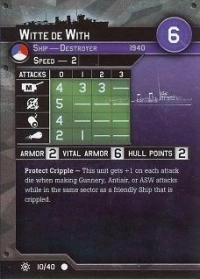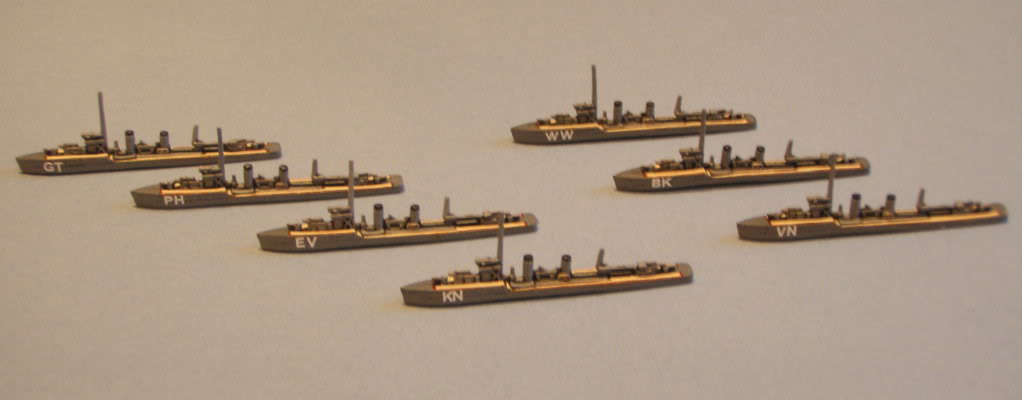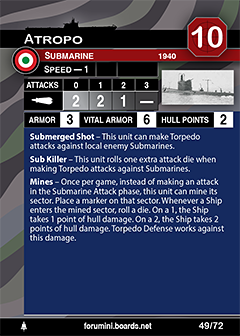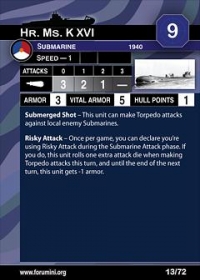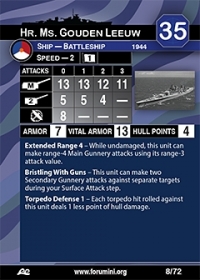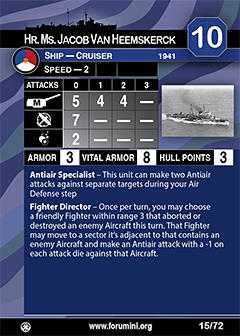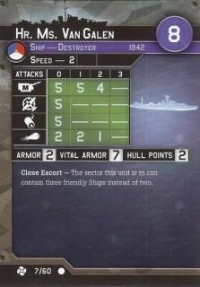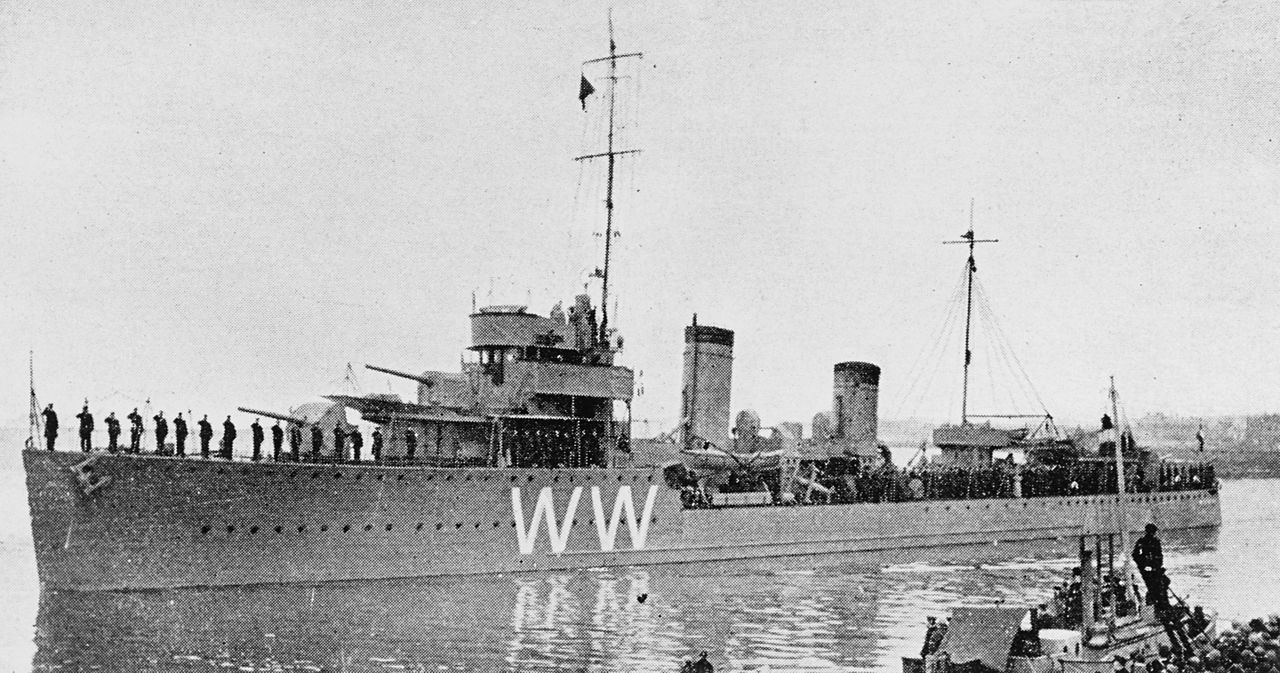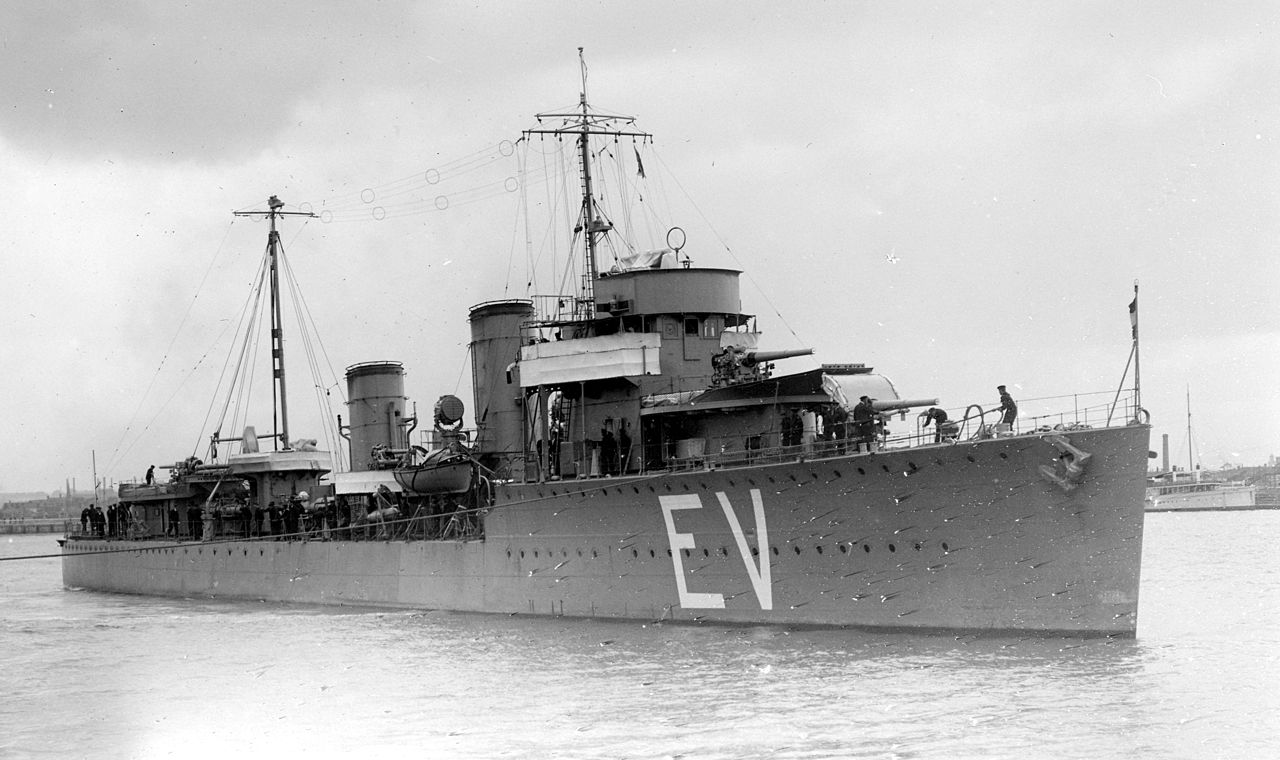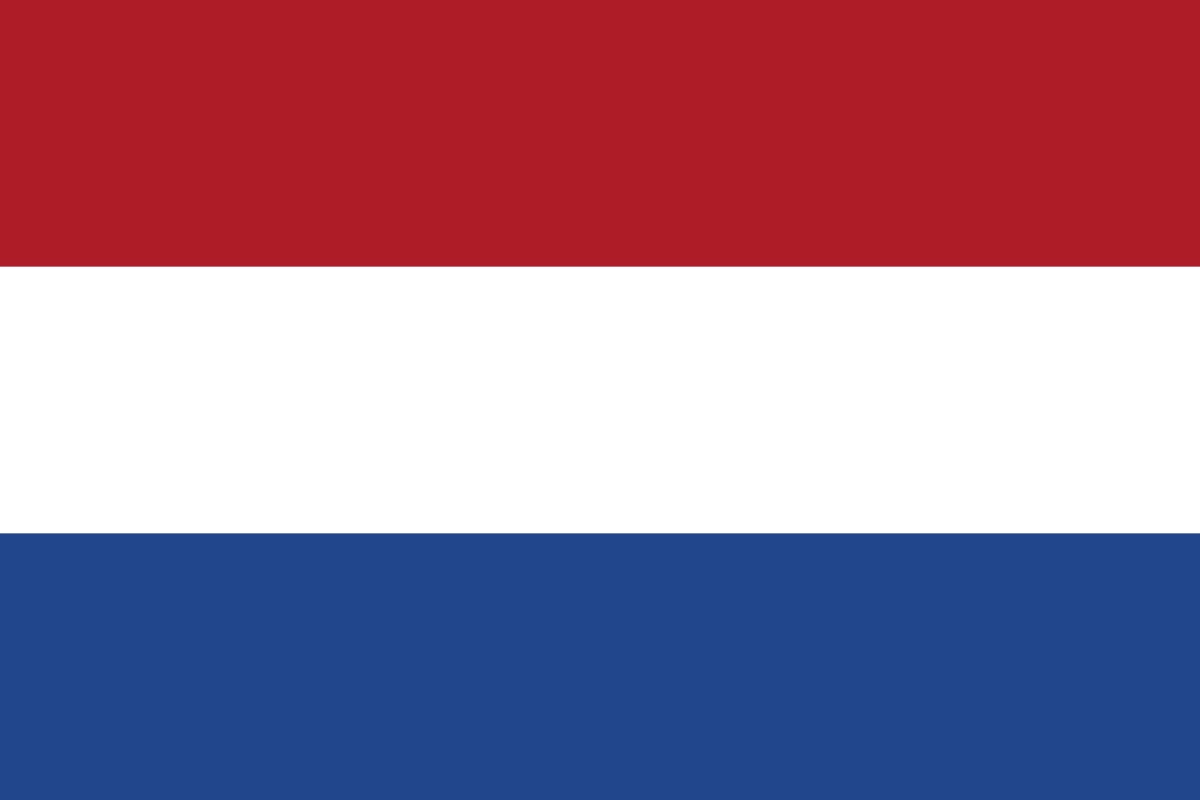Prototype: HNLMS Witte de With (Dutch: Hr.Ms. Witte de With) was an Admiralen-class destroyer, named after the 17th century Dutch admiral Witte Corneliszoon de With. She served during World War II. The ship was laid down on 28 May 1927, at the shipyard of Fijenoord, in Rotterdam, and launched on 11 September 1928. The ship was commissioned on 20 February 1930.
On 16 November 1935, Witte de With, her sister Van Galen, and the cruiser Sumatra, made a visit to Saigon. On 23 August 1936, Sumatra, her sister Java, and the destroyers Van Galen, Witte de With, and Piet Hein, where present at the fleet days held at Surabaya. Later that year on 13 November, both Java-class cruisers and the destroyers Evertsen, Witte de With, and Piet Hein, made a fleet visit to Singapore. Before the visit they had practiced in the South China Sea.
The ship took part in the Battle of the Java Sea on 27 February 1942. HMS Exeter was damaged in the battle and escorted back to Surabaya by Witte de With. A few days later Witte de With was attacked and damaged by Japanese planes on 1 March 1942. The next day she was scuttled.
On 16 November 1935, Witte de With, her sister Van Galen, and the cruiser Sumatra, made a visit to Saigon. On 23 August 1936, Sumatra, her sister Java, and the destroyers Van Galen, Witte de With, and Piet Hein, where present at the fleet days held at Surabaya. Later that year on 13 November, both Java-class cruisers and the destroyers Evertsen, Witte de With, and Piet Hein, made a fleet visit to Singapore. Before the visit they had practiced in the South China Sea.
The ship took part in the Battle of the Java Sea on 27 February 1942. HMS Exeter was damaged in the battle and escorted back to Surabaya by Witte de With. A few days later Witte de With was attacked and damaged by Japanese planes on 1 March 1942. The next day she was scuttled.
Class History: The Admiralen class were eight destroyers built for the Royal Netherlands Navy between 1926 and 1931. All ships fought in World War II and were scuttled or sunk.
These ships were built in the Netherlands with assistance from the British company Yarrow (at that time the leading builder of destroyers in the world). The Dutch ships were based on the British destroyer HMS Ambuscade. A novel feature was the provision of a seaplane for scouting. There was however no catapult, the plane being lowered into the sea by a crane. The differences between the two groups were minor; the second group was fitted for minesweeping rather than mine laying, and they carried one less 75-millimetre (3 in) gun for 30 tons of fuel.
These ships were built in the Netherlands with assistance from the British company Yarrow (at that time the leading builder of destroyers in the world). The Dutch ships were based on the British destroyer HMS Ambuscade. A novel feature was the provision of a seaplane for scouting. There was however no catapult, the plane being lowered into the sea by a crane. The differences between the two groups were minor; the second group was fitted for minesweeping rather than mine laying, and they carried one less 75-millimetre (3 in) gun for 30 tons of fuel.
Country: The Netherlands, a country in northwestern Europe, is known for a flat landscape of canals, tulip fields, windmills and cycling routes. Amsterdam, the capital, is home to the Rijksmuseum, Van Gogh Museum and the house where Jewish diarist Anne Frank hid during WWII. Canalside mansions and a trove of works from artists including Rembrandt and Vermeer remain from the city's 17th-century "Golden Age."
Item created by: Lethe on 2015-05-31 17:46:30. Last edited by olipref on 2022-12-02 11:55:46
If you see errors or missing data in this entry, please feel free to log in and edit it. Anyone with a Gmail account can log in instantly.
If you see errors or missing data in this entry, please feel free to log in and edit it. Anyone with a Gmail account can log in instantly.


